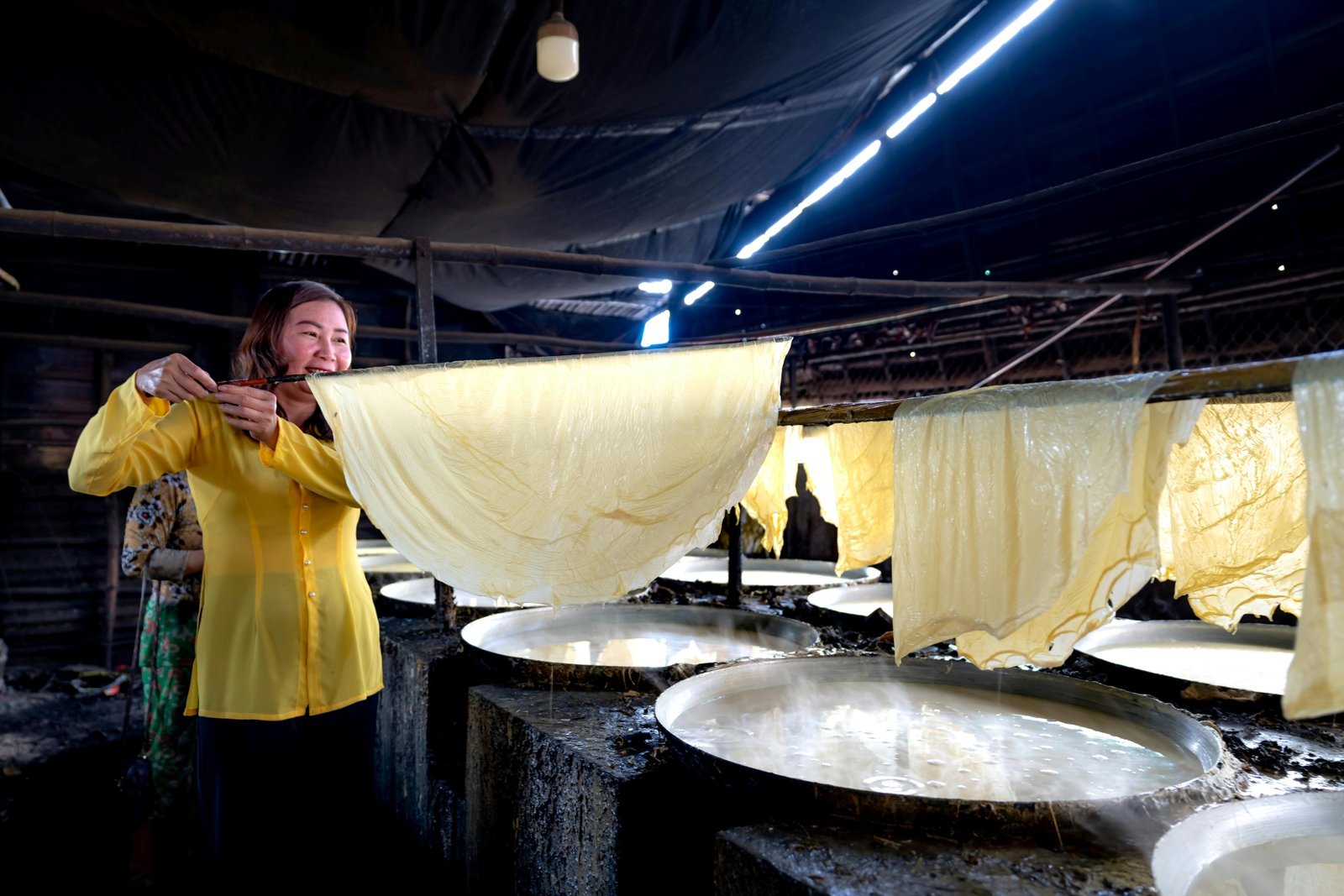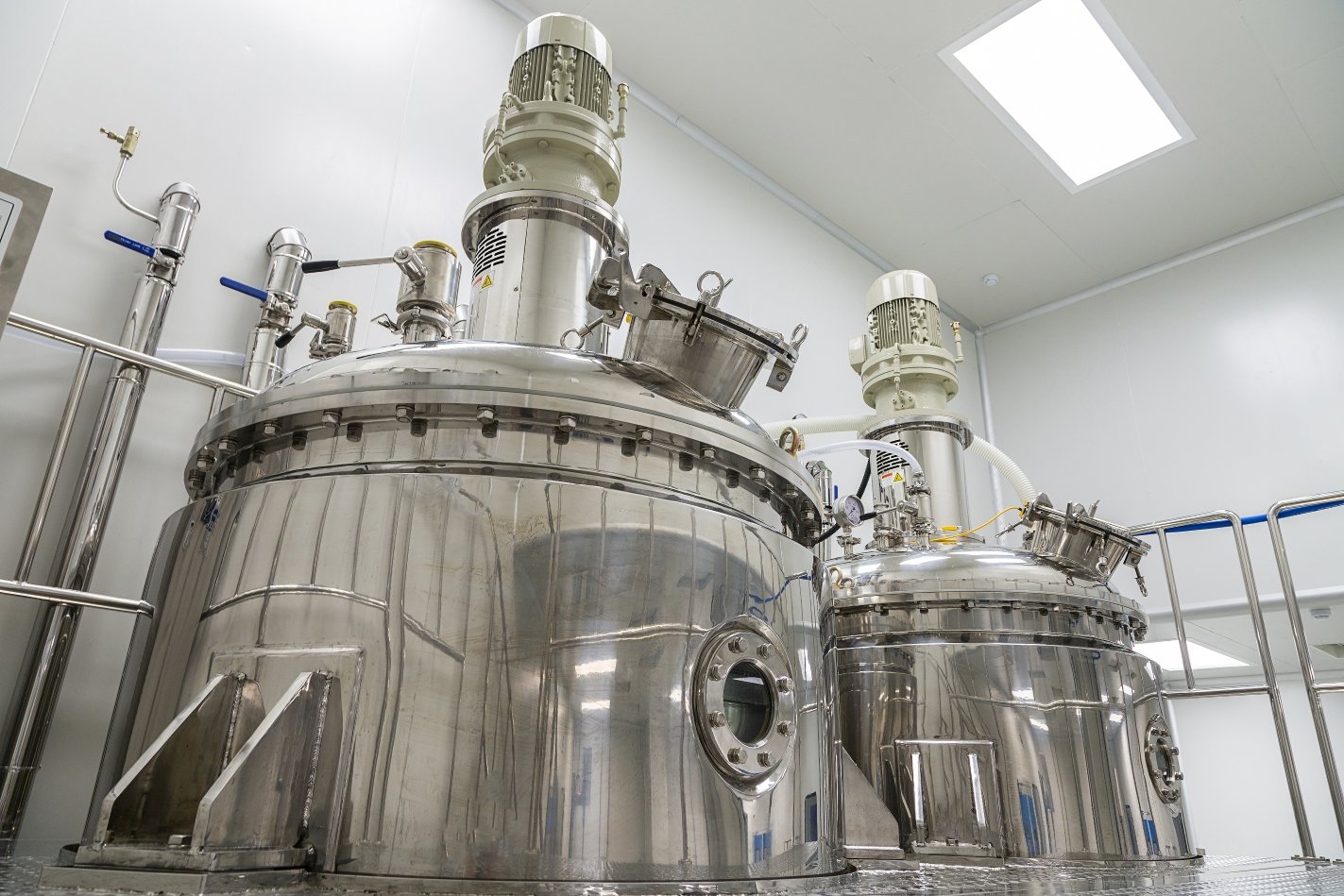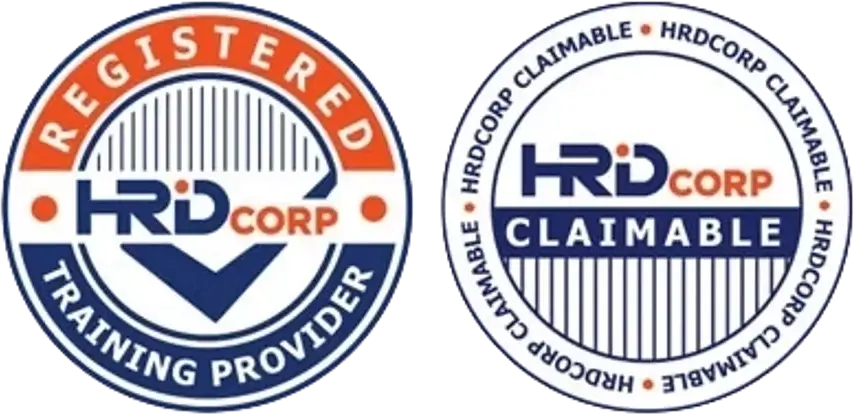Can One HACCP Plan Cover Multiple Product Lines Effectively?
For many small and medium-sized food factories, the question often arises:
“Can one HACCP plan cover multiple product lines?”
The short answer is: Yes, but only if the products share similar processes and hazards. If your product lines are very different, a single HACCP plan may create blind spots that put your food safety compliance at risk.
Here’s what you need to know.

✅ When One HACCP Plan Can Work
-
Similar raw materials (e.g., different flavors of cookies using the same base recipe).
-
Same production process flow (e.g., all products are baked, cooled, and packed identically).
-
Identical hazards and CCPs (Critical Control Points don’t change between products).
-
Same equipment and environment (products run through the same production lines).
-
Clear documentation showing how each product group is included under the plan.
⚠️ When Separate HACCP Plans Are Needed
-
Different processing methods (e.g., frozen meals vs. ready-to-eat snacks).
-
Unique hazards per product (e.g., allergens, raw meat handling, fermentation risks).
-
Different CCPs (e.g., pasteurization vs. metal detection).
-
Multiple facilities or separate production areas.
-
Complex supply chains where traceability differs.
🔍 Key Factors to Consider Before Combining HACCP Plans
-
Product Similarity
-
Do the products have similar hazards and controls?
-
Are the raw materials comparable?
-
-
Process Flow
-
Can you map all products into one process flow diagram?
-
Are there any extra steps that require special monitoring?
-
-
Hazard Analysis
-
Are biological, chemical, and physical hazards the same?
-
Will allergen management need separate controls?
-
-
Documentation
-
Can you clearly demonstrate which products are covered?
-
Will auditors easily understand the scope?
-
📊 Pros of Using One HACCP Plan
-
Easier to manage documentation.
-
Reduces staff confusion with fewer procedures.
-
Saves time and costs during audits.
-
Simplifies training for operators.
❌ Cons of Forcing One Plan for All
-
Risk of missing product-specific hazards.
-
Can make audits more difficult if evidence isn’t clear.
-
May lead to non-conformance if CCPs don’t match every product.
-
Difficult to update when new product lines are added.
✅ Best Practice Approach
-
Group similar products under one HACCP plan (e.g., all dairy drinks).
-
Create separate HACCP plans for products with unique hazards.
-
Review annually to check if new product launches change the scope.
-
Engage staff to ensure they understand which plan applies to which product.

Final Takeaway
👉 One HACCP plan can cover multiple product lines effectively only if the products are similar in hazards, processes, and controls.
If product lines differ significantly, it’s safer and more compliant to prepare separate HACCP plans.
By choosing the right approach, you can balance food safety compliance, efficiency, and cost-effectiveness — a critical step for small factories aiming to grow in the competitive food industry.


